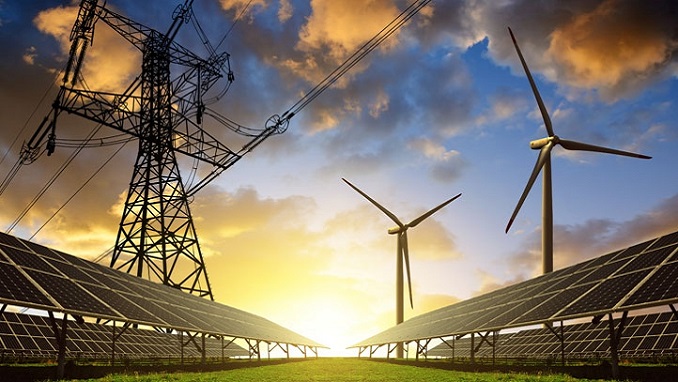A group of oil and gas producers including Equinor, Shell and TotalEnergies SE is considering building the world’s largest floating wind farm off the coast of Norway to power its fossil fuel operations.
In particular, options are being considered for constructing a 1-gigawatt wind farm to ensure the operation of the Troll and Oseberg oil and gas fields.
This is another step on the difficult path to reducing global carbon emissions, where large fossil fuel producers with solid engineering backgrounds can play a vital role in developing renewable energy even as they continue to run highly polluting businesses.
The development of floating technologies can dramatically expand the sea area suitable for wind energy production. Offshore wind farms are one of the fastest-growing projects in the renewable energy sector. But the vast majority of existing and planned projects are in shallow water, where turbines can be placed on foundations built from the seabed.
The technology has so far only been used for small pilot projects, as Equinor pioneered the concept at a Scottish site and is now building a larger power plant in Norway. The capacity of the new project called Trollvind, which is under discussion, will be more than 11 times that of that Norwegian power plant. This will allow the floating wind farm industry to reach the scale needed to contribute to the global effort to reduce CO2 emissions.
Equinor and its partners, including Petoro and ConocoPhillips, will purchase all of the project’s electricity to power its North Sea fossil fuel operations. The wind farm will be connected to the ground, allowing it to potentially power homes and businesses.
“Trollvind is a concept in which renewable energy works to achieve multiple goals: reducing carbon emissions and supplying electricity to an area where its shortage has already created problems for new industrial development,” said Equinor CEO Anders Opedal.
The companies plan to make an investment decision next year and launch the project by 2027.
Emissions from oil companies’ operations account for only a tiny part of their total climate impact. For example, Equinor produced about 12.1 million tons of carbon dioxide last year, while the cumulative environmental effects of its business exceeded 250 million tons. However, investing in projects like Trollvind is an essential step in scaling up the use of renewable energy to meet global environmental goals.

